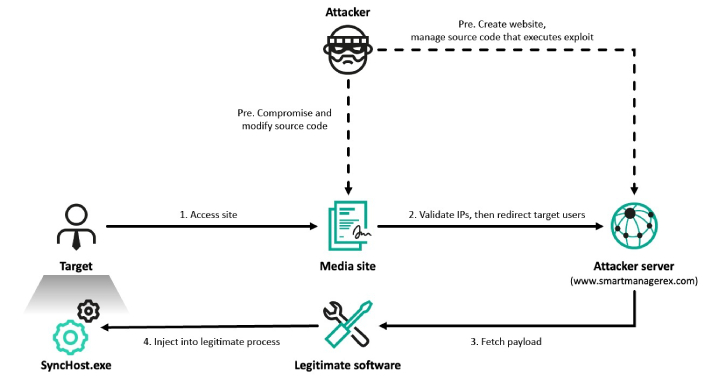Cybersecurity researchers have shed light on an “auto-propagating” cryptocurrency mining botnet called Outlaw (aka Dota) that’s known for targeting SSH servers with weak credentials.
“Outlaw is a Linux malware that relies on SSH brute-force attacks, cryptocurrency mining, and worm-like propagation to infect and maintain control over systems,” Elastic Security Labs said in a new analysis






